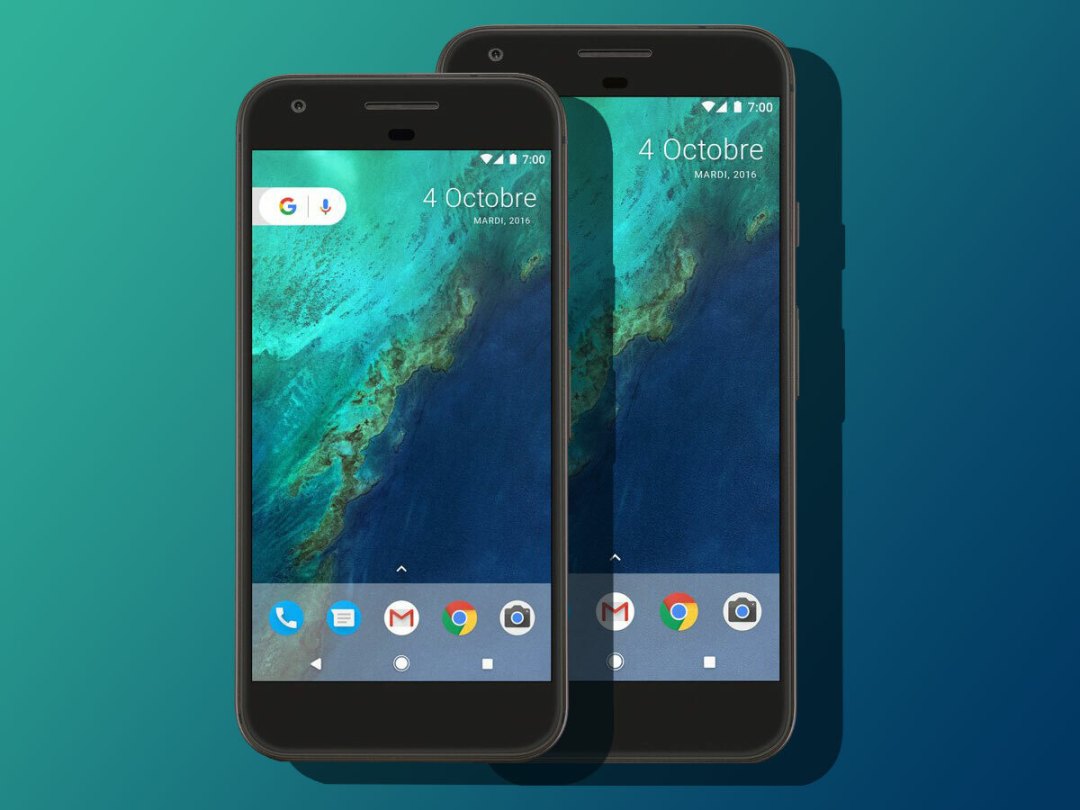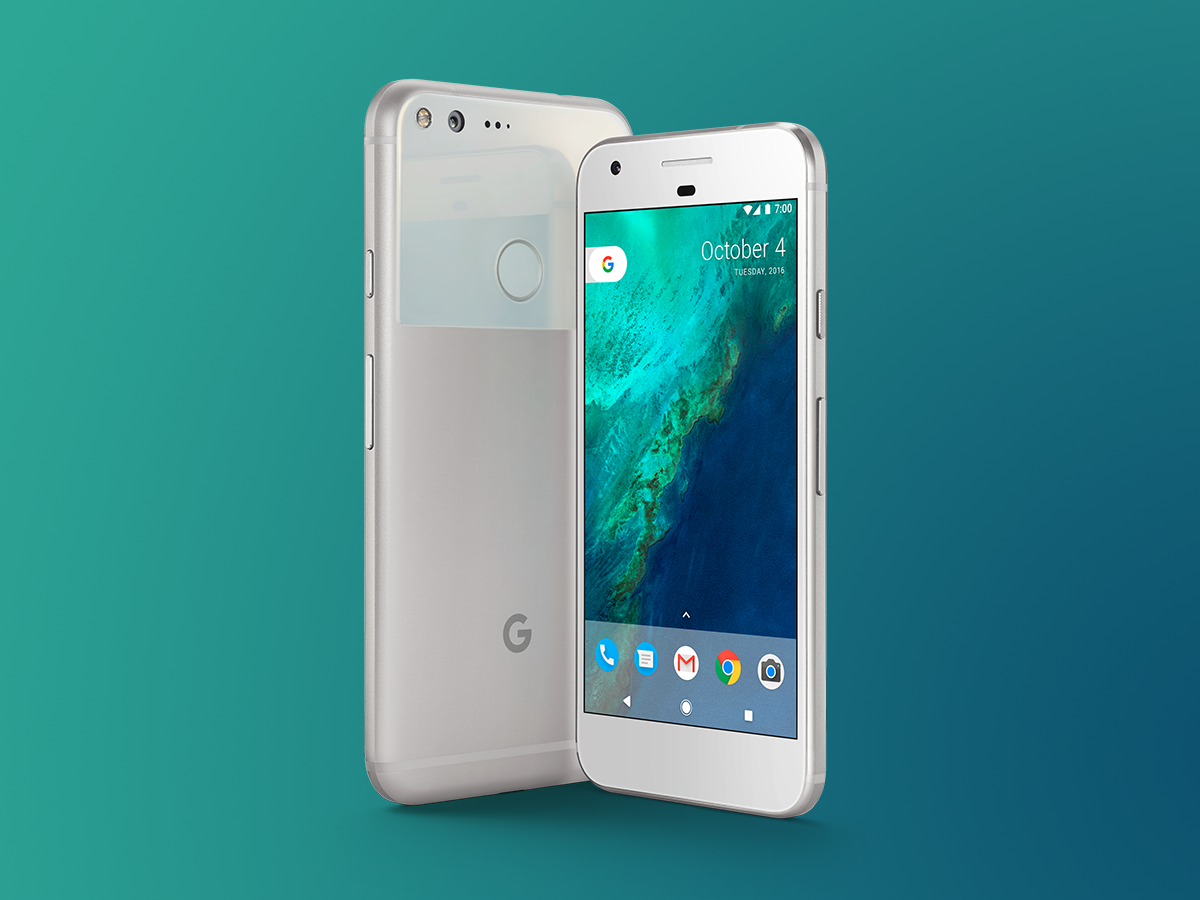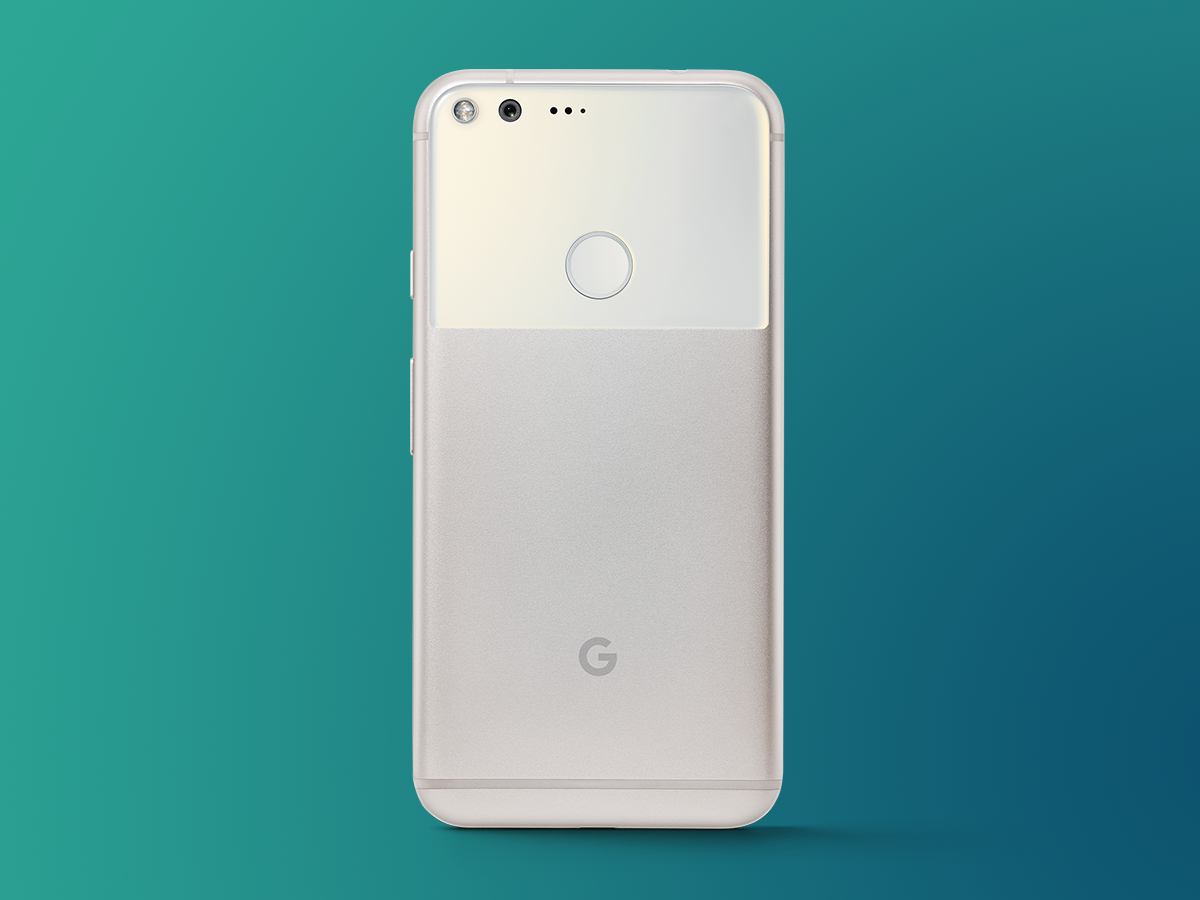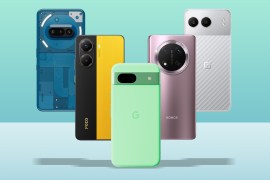9 things you need to know about the Google Pixel and Pixel XL
In three words: they're looking great

World, meet the Google Pixel and Pixel XL.
Google unveiled its new flagship smartphones in California today and the early word is that they look pretty sweet.
Here’s everything you need to know about them.
1) There are two of them
Yes, we’ve already given this one away in the headline: Google’s new phones are the Pixel and Pixel XL.
Like the Apple iPhone 7 and 7 Plus the main difference between them is one of size, with the Pixel rocking a 5in, 1080p screen while the Pixel XL gets a whopping great 5.5in 1440p display. That’s not super-high-res in Android terms, but on the plus side both are AMOLED, which should make them nice and colourful.
Beyond their screens, the differences are less pronounced than on Apple’s phones: the Pixel XL also has a bigger battery, 3450mAh to the smaller phone’s 2770mAh, but otherwise they’re identical.
2) They’ve got great cameras
Both phones get the same rear camera, and Google reckons it’s one of the very best on the market. But then it would say that. There is some reason to belive it, though, because imaging metrics and benchmarking company DxO has already awarded it an 89 rating, higher than any other smartphone snapper on the market.
Why so good? Well, its combination of 12.3MP sensor, large 1.55-micron pixels and f2.0 aperture lens should mean it excels in low light and detail, while Google’s talking up a host of software skills such as its new HDR+ shooting mode. Unlike standard HDR offerings, this combines multiple short exposures to improve the lighting across your images, and Google claims there’ll be no shutter lag when using it. Indeed, it’ll be enabled by default, so Google must be pretty confident in its abilities.
The Continuous Stream feature also sounds interesting: this takes a burst of pictures, then selects the sharpest. We’ve seen this done before, so how useful it will be depends on how swiftly it works in practice. We shouldn’t forget the front camera either, which is a fairly-standard-these-days 8MP effort.
Google hasn’t forgotten video either – both phones can shoot 4K footage, and Google showed a demo onstage with its intelligent video stabilisation feature in action. This appeared to turn your standard drunk-man-on-a-bouncy-castle shot into something that looked like it had been recorded by a graduate of a deportment school. We’ll report back on how good it is in reality once we’ve given it a try.
RELATED › How to master Google Photos
3) They’ll both be super-smart
The phones are the first to come with Google Assistant, a new AI helper that’s replacing Google Now while offering more of the same – only much, much smarter. Assistant looks more than capable of keeping up with advances in Siri and Cortana, and responds smartly and naturally to voice requests.
Again, we won’t know how good it is in reality until we’ve used it ourselves, but in the demos onstage it proved a whizz at context-aware requests, for instance giving you search results for a restaurant, then when you asked it to book a table knowing that you were referring to the same eaterie you’d just been searching for.
The Pixel and Pixel XL will also be Google’s first smartphones to arrive with Android 7.1 Nougat, the latest version of the operating system, pre-installed. This has a number of special Google tweaks that haven’t previously been seen on early Nougat devices, such as a new launcher, plus a home screen tab that, when ‘pulled’, brings up Google search.
4) They’re kind of pretty…

…if not exactly groudbreaking. Frankly, the overall shape is very iPhone-like – thin aluminium body, curved edges, plastic antenna channels – and the bezels are quite large. It’s a bit short on character, perhaps, but inoffensive enough. The two-tone backside – a consequence of a part-glass, part-aluminium rear – is the Pixel’s attempt at standout design flair – and it’s probably going to divide opinion too. On the plus side, there’s no protruding camera on the back, as Google were keen to point out during the reveal.
We do like the names Google has chosen for the three colour finish options, though: Quite Black, Very Silver and (the limited edition) Really Blue. Another little dig at Apple, perhaps?
RELATED › Apple iPhone 7 review
5) They’re well-specced
Power-wise the Pixel and Pixel XL possess solid – if not bleeding edge – specifications. At the heart of the phones beats the capable Qualcomm Snapdragon 821 system-on-chip, clocked at 2.15GHz and backed up by 4GB of RAM.
Like the previous generation of Google-branded handsets, the Pixel and Pixel XL come with rear-mounted fingerprint scanners. So you’ve got enhanced security and the ability to use Android Pay. Plus, unlike certain other phones, the Pixel and Pixel XL come with a 3.5mm headphone port. Perhaps Google just doesn’t have the "courage" to make its customers’ lives more complicated, eh Apple?
The Pixel phones follow the recent smartphone trend of ditching micro-USB connectivity in favour of USB Type-C ports. As well as having the advantage of being reversible (as in, there’s no wrong way to attempt to plug them in), the new connection supports fast charging, meaning you can get around 7hrs of battery life out of a 15-minute charge.
Two different internal storage capacities are available to buyers of the Pixel and Pixel XL: 32GB and 128GB. These aren’t huge by today’s standards (the Apple iPhone 7 comes with a 256GB option), but 128GB should be enough for all but the most space-hungry of content devourers.
If you were hoping for expandable storage via microSD slot, you’re going to be disappointed – in terms of physical storage, what you see is what you get.
But before you throw up your hands in despair, both phone get free unlimited image and video storage via Google Photos, even if you save shots and clips at their original resolution. So you can go crazy recording 4K clips without having to worry about filling up your 32GB phone.
RELATED › OnePlus 3 review
6) They’re ready for VR
Google also made a point to push the Pixel and Pixel XL’s virtual reality chops. These are the first phones that’ll work with Google’s Daydream VR headset and platform (coming in November), and by the looks of it will do so seamlessly – just placing them in the Daydream View headset and closing it will initiate the wireless pairing and calibration, for instance.
We’ve got lots more to say about Google Daydream over here.
RELATED › WTF is Google Daydream?
7) They’ll get custom cases
Remember the nifty Live Cases that arrived with the Nexus 5X and 6P? Probably not, if you’re in the UK, because these personalised protective cases, which could be emblazoned with a picture or map of your choice on the back (which matched with a custom wallpaper) never made it to our shores.
Well, Live Cases are coming back with the Pixel and Pixel XL. We’re not yet sure about custom designs, but once again you’ll be able to choose cases decorated with photos and images.
8) They won’t ever confuse you…

…or rather if they do, it won’t matter – because Google is throwing in free 24hr support. It’ll be super-easy to access – just tab the Support tab within Settings and an expert will be on hand to talk you through whatever you’re trying to do. Neat.
Obviously we’d never need it here, but it might mean we get slightly fewer distressed calls from friends and family who can’t work out how to sync their email or the like. And that’s a very good thing.
9) They’re out now – but they’re not cheap
You can pre-order the Pixel and Pixel XL from today (4 October), and they’ll be available to buy from 20 October.
But you might want to start saving up now, because they’re not Nexus 4-cheap: The 32GB Pixel will be £599, with the 128GB version coming in at £699, while for the Pixel XL it’s £719 for 32GB and a whopping great £819 for the 128GB model.
We’ll have reviews of both phones just as soon as we get our hands on them, so we’ll let you know then whether they’re worth the cash.



